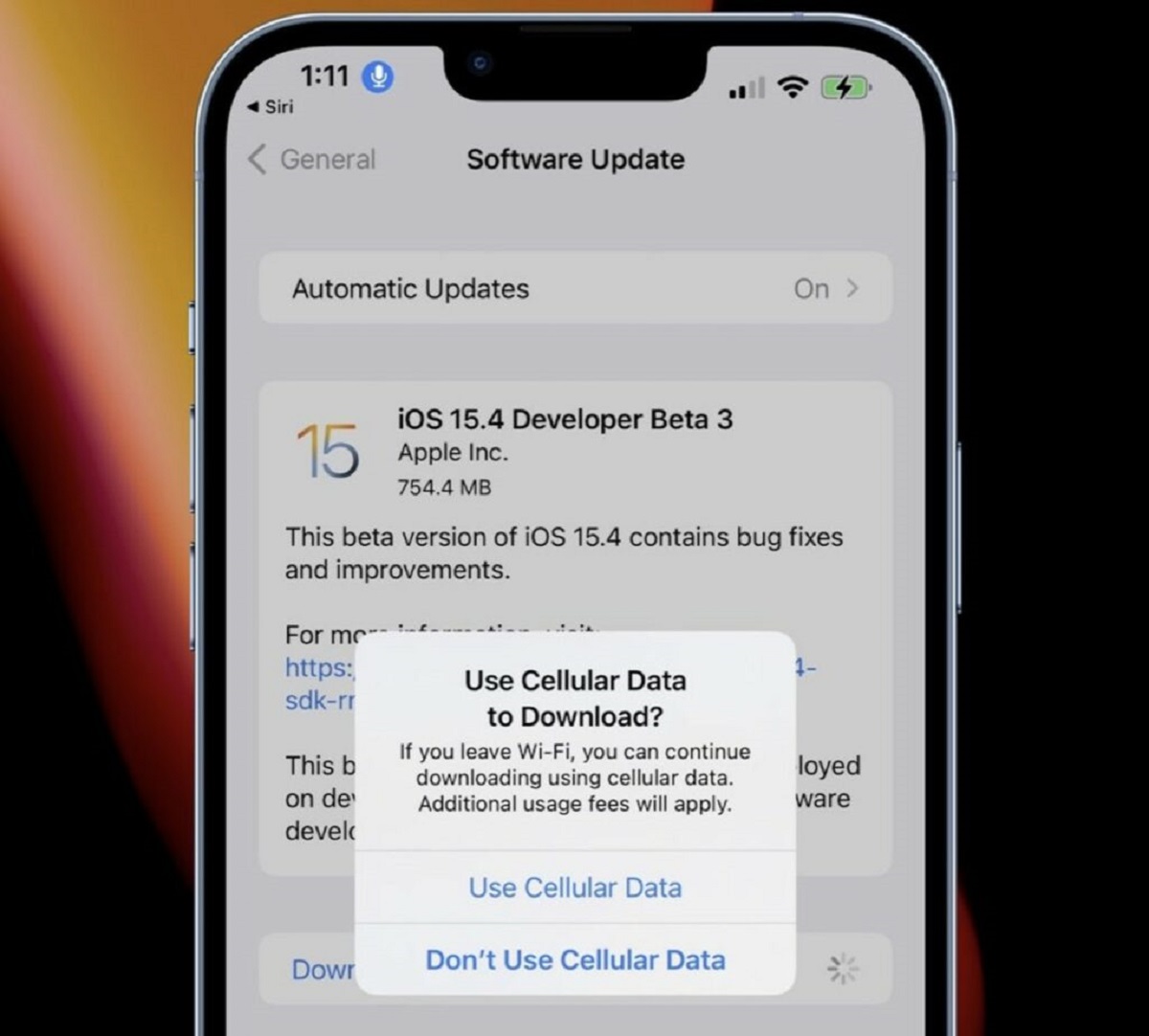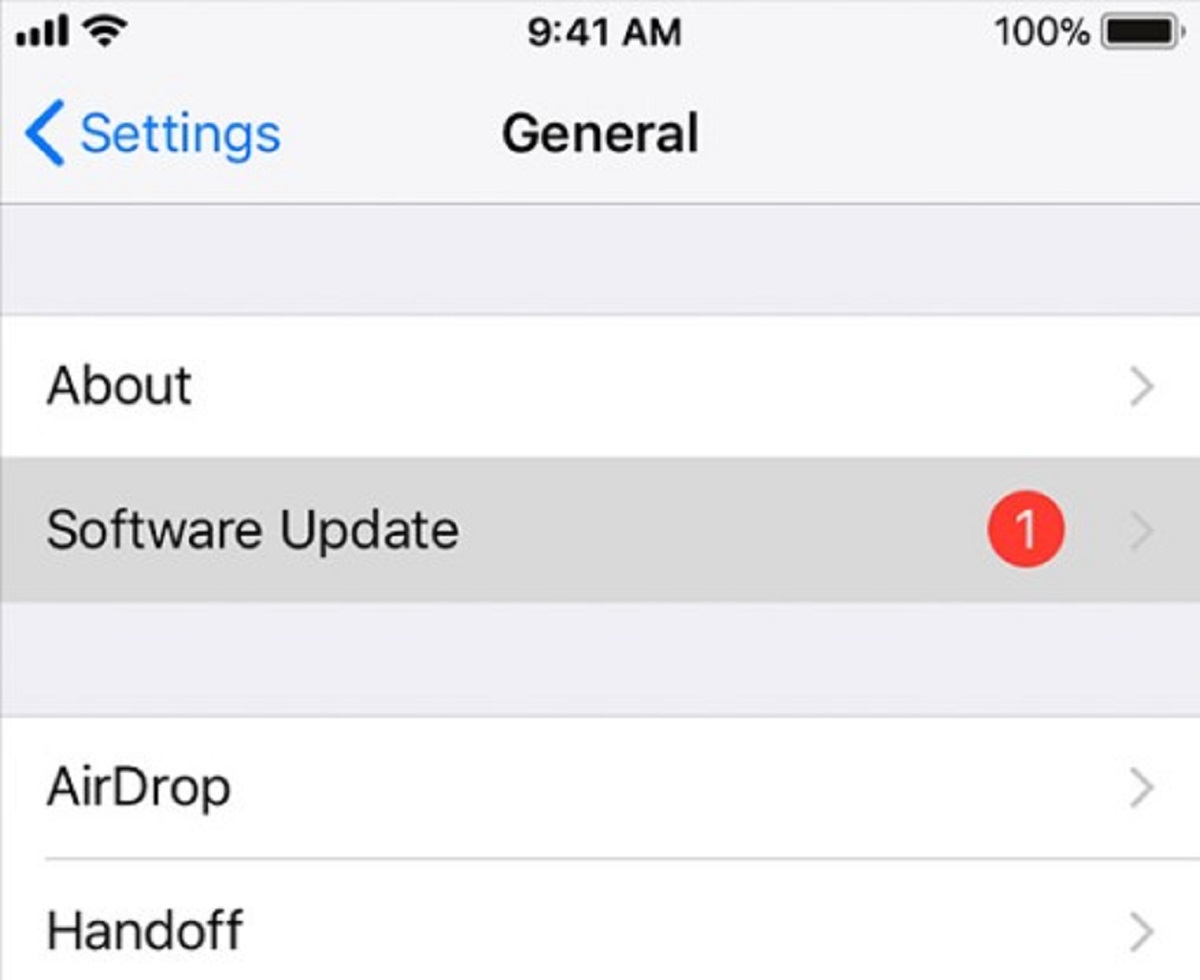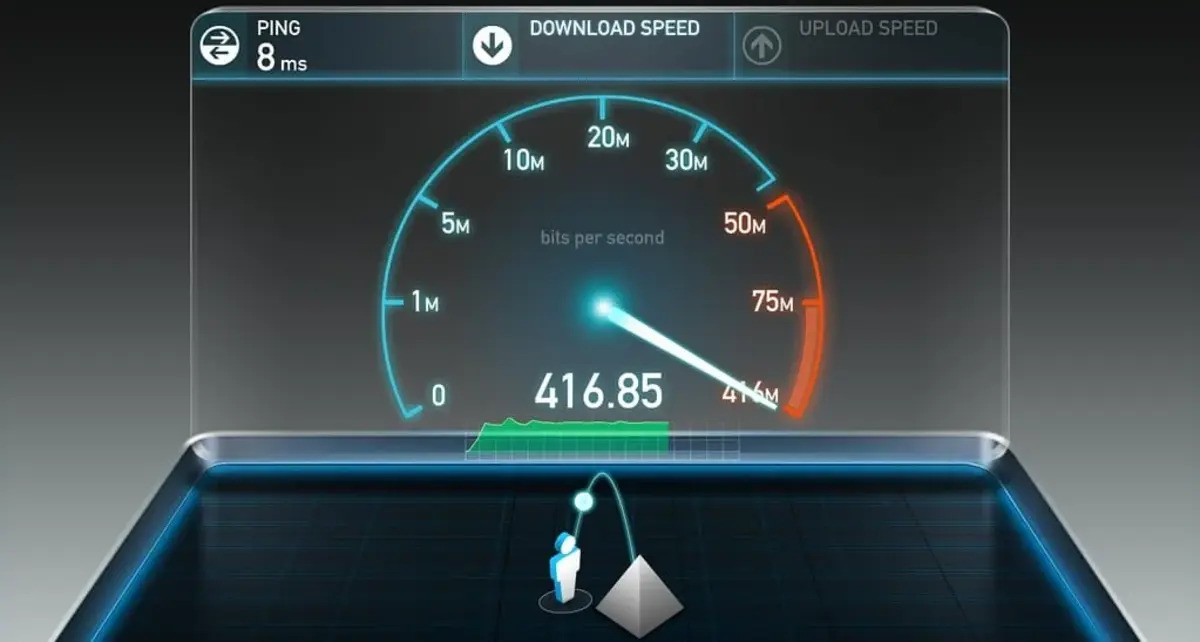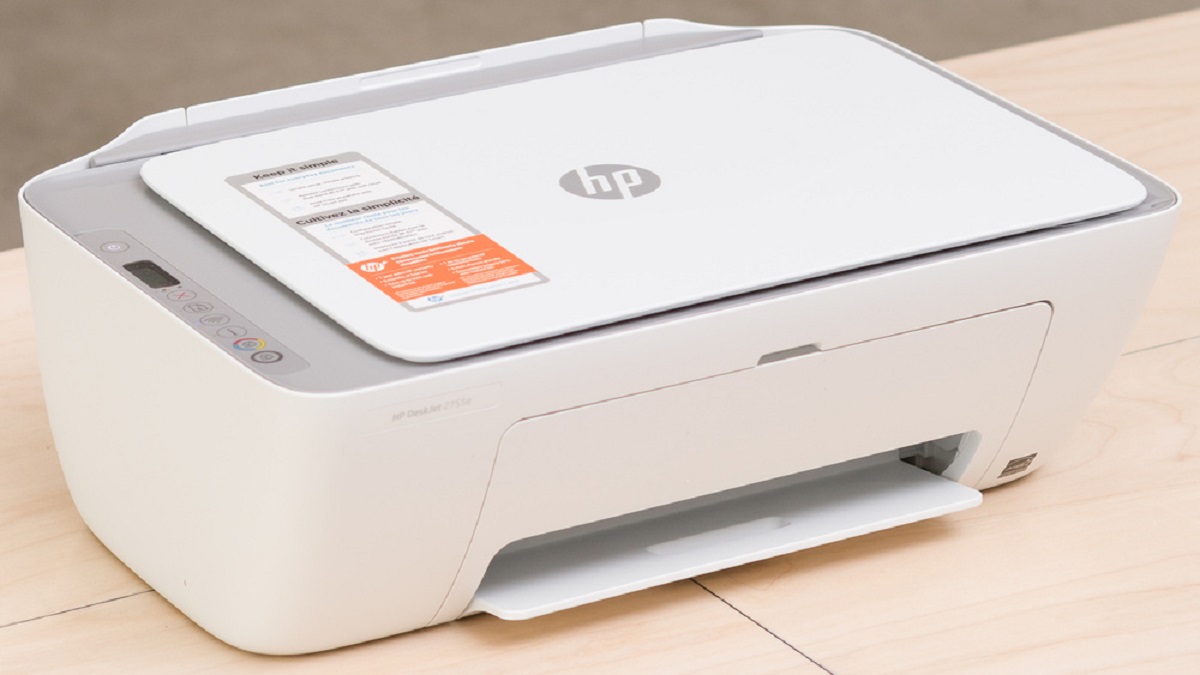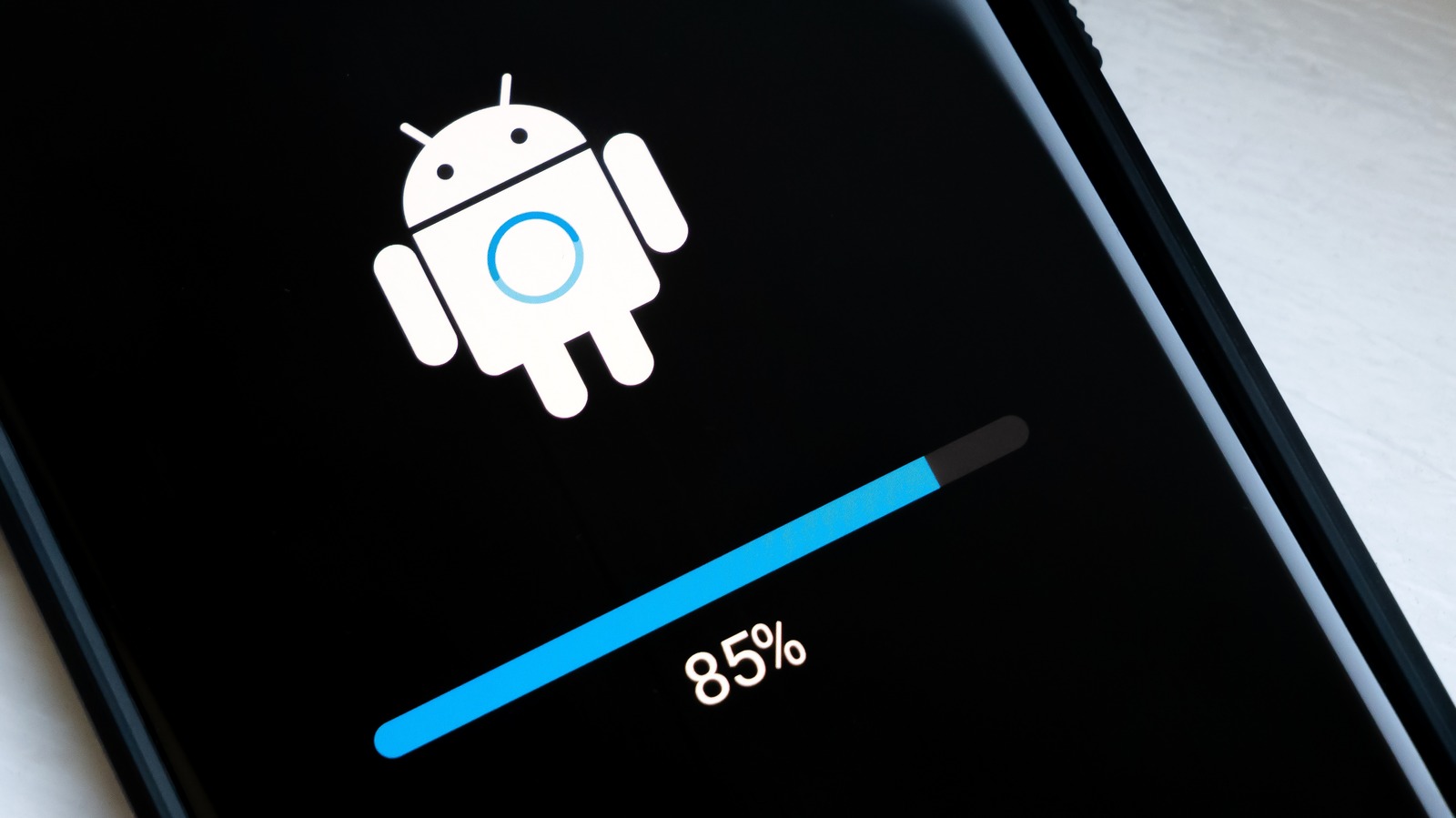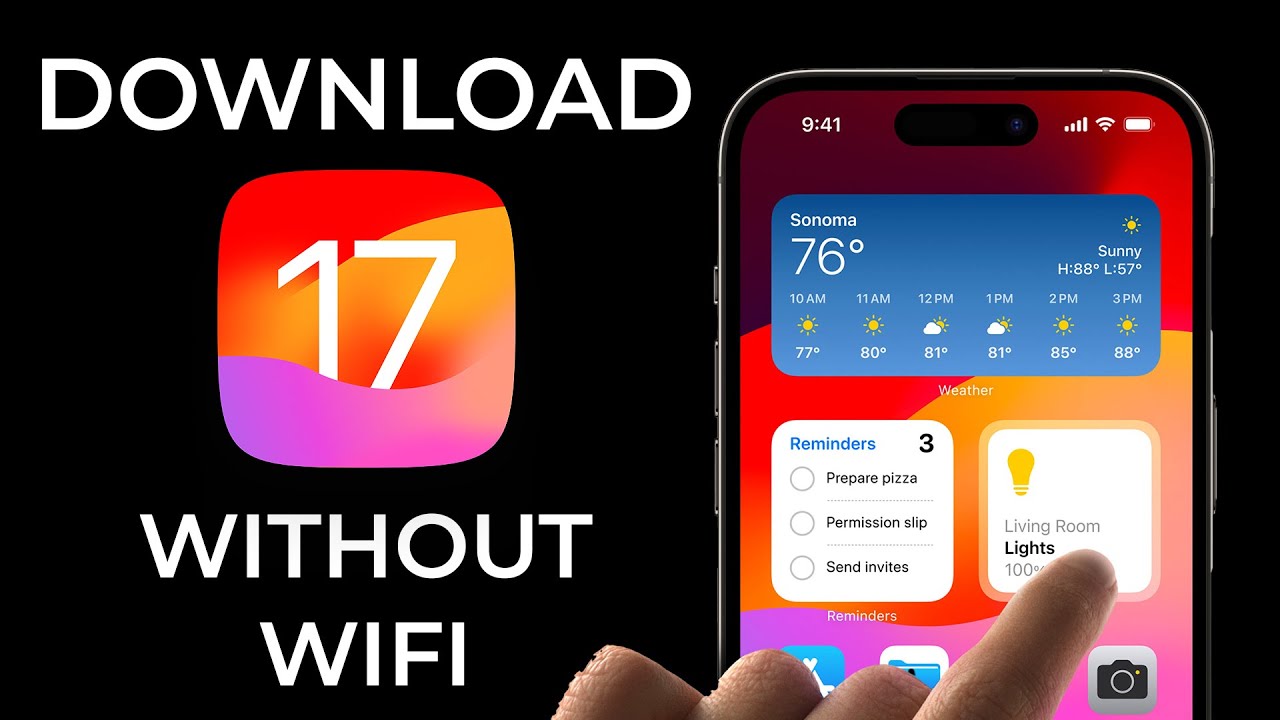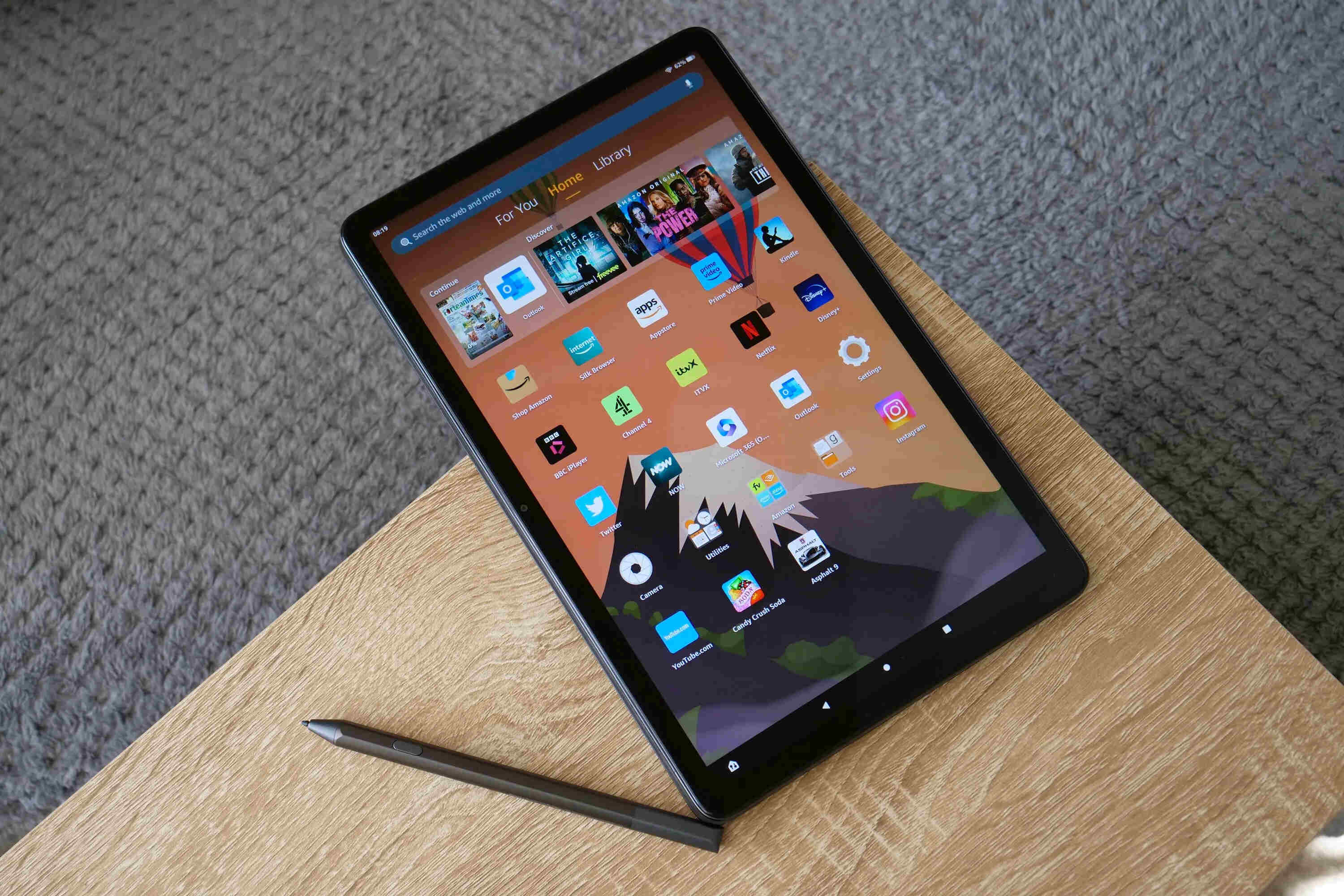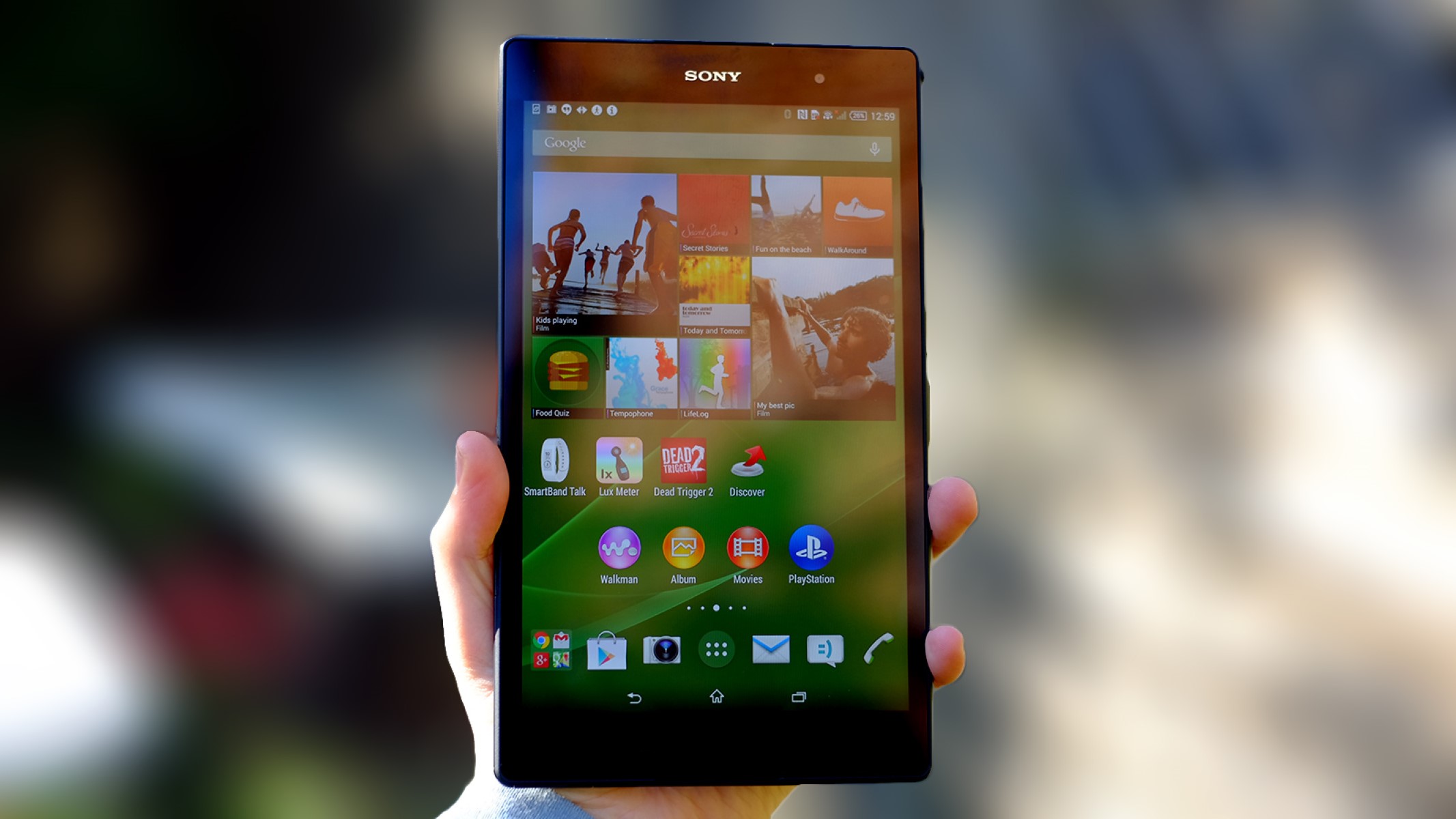Introduction
In today’s digital age, staying up-to-date with software updates is essential to ensure the optimal performance and security of your devices. However, you may find yourself in a situation where you need to download a software update but don’t have access to a Wi-Fi network. Whether you’re traveling, in a remote location, or simply don’t have Wi-Fi available, there are several alternative options you can explore. In this article, we will explore different methods to download software updates without Wi-Fi.
While Wi-Fi is typically the most convenient and common method to download software updates, there are alternative ways to accomplish this task. Depending on your device and its capabilities, you can utilize mobile data, public Wi-Fi networks, hotspots from other devices, wired Ethernet connections, or even transfer the update files using an SD card or flash drive. Each method has its pros and cons, and it’s important to choose the option that best suits your situation.
Let’s dive into these different methods and explore how you can download software updates without relying on Wi-Fi.
Option 1: Use Mobile Data
If you have a mobile data plan with sufficient data allowance, using your mobile data to download software updates is a viable option. Most smartphones and tablets allow you to toggle between Wi-Fi and mobile data connections. Here’s how you can utilize your mobile data for downloading software updates:
- Open the settings menu on your device and navigate to the “Network” or “Connections” section.
- Look for the option to enable mobile data and toggle it on.
- Ensure that your data plan has enough remaining data allowance to download the software update. If not, consider upgrading your plan or monitoring your usage to avoid additional charges.
- Once mobile data is enabled, go to the software update settings on your device. This location may vary depending on your operating system (OS), but it’s usually found under “System” or “Software Update.”
- Check for any available updates and initiate the download process. Your device will utilize the mobile data connection instead of Wi-Fi to download the update files.
- Depending on the size of the update and your internet speed, the download process may take some time. It’s advisable to initiate the download when you have a stable and strong mobile data connection.
- Once the update is downloaded, your device will prompt you to install it. Make sure you have enough battery life or connect your device to a power source before proceeding with the installation.
- Follow the on-screen instructions to install the update, and your device will be updated with the latest software version.
Using mobile data to download software updates can be a convenient option, especially if you have a reliable and fast internet connection. However, it’s important to keep in mind that downloading large updates or multiple updates consecutively can consume a significant amount of data. Be mindful of your data usage to avoid exceeding your plan’s limits or incurring additional charges.
Option 2: Use a Public Wi-Fi Network
If you don’t have access to your own Wi-Fi network, utilizing a public Wi-Fi network is another option to download software updates. Public Wi-Fi networks are often available in cafes, libraries, airports, and other public spaces. Here’s how you can use a public Wi-Fi network to download software updates:
- Ensure that your device’s Wi-Fi connectivity is enabled. You can typically find this option in the settings menu under the “Network” or “Wi-Fi” section.
- Scan for available Wi-Fi networks in your vicinity. Look for public networks with a strong signal and a reliable connection.
- Select the public Wi-Fi network you want to connect to from the list of available networks. Some networks may require you to enter a password or agree to their terms and conditions.
- Once connected to the public Wi-Fi network, open the software update settings on your device. This location may vary depending on your device’s operating system (OS).
- Check for any available software updates and initiate the download process. Your device will utilize the public Wi-Fi connection to download the update files.
- Depending on the size of the update and the speed of the Wi-Fi network, the download process may take some time. Ensure that the public Wi-Fi network remains stable and active during the download.
- After the update is downloaded, your device will prompt you to install it. Ensure that you have sufficient battery life or connect your device to a power source before proceeding with the installation.
- Follow the on-screen instructions to install the update, and your device will be updated with the latest software version.
Using a public Wi-Fi network can be a convenient and cost-effective option for downloading software updates. However, it’s important to exercise caution when connecting to public networks. Avoid accessing sensitive or personal information while connected to a public Wi-Fi network, as these networks can be vulnerable to security risks. Additionally, be mindful of your surroundings and choose reputable public Wi-Fi networks to minimize any potential risks.
Option 3: Use a Hotspot from Another Device
If you don’t have access to Wi-Fi or a public Wi-Fi network, you can utilize a hotspot from another device to download software updates. A hotspot allows you to share the internet connection from one device with another device that needs internet access. Here’s how you can use a hotspot to download software updates:
- On the device that has internet connectivity (e.g., smartphone, tablet, or laptop), enable the hotspot feature. This option is usually found in the settings menu under the “Network” or “Hotspot” section.
- Set the hotspot name and password to secure the connection. This step is crucial to ensure that only authorized devices can connect to your hotspot.
- On the device that needs to download the software update, enable Wi-Fi connectivity and search for available Wi-Fi networks.
- Select the hotspot network that you created on the other device.
- Enter the hotspot password when prompted to establish the connection.
- Once connected, go to the software update settings on the device and check for any available updates.
- Initiate the download process, and your device will utilize the hotspot connection to download the update files.
- Depending on the size of the update and the speed of the hotspot connection, the download process may take some time.
- After the update is downloaded, follow the on-screen instructions to install it.
Using a hotspot from another device allows you to share the internet connection and download software updates without relying on Wi-Fi. However, keep in mind that using a hotspot may consume data from the device providing the internet connection. Ensure that the device providing the hotspot has sufficient data allowance or is connected to an unlimited data plan to avoid any data limitations or additional charges.
Option 4: Use a Wired Ethernet Connection
If you have a device with an Ethernet port, such as a desktop computer or some laptops, you can use a wired Ethernet connection to download software updates. This method requires a physical connection to your router or modem using an Ethernet cable. Here’s how you can use a wired Ethernet connection to download software updates:
- Ensure that your device has an Ethernet port. Most desktop computers have built-in Ethernet ports, while some laptops may require an Ethernet adapter.
- Connect one end of the Ethernet cable to the Ethernet port on your device, and the other end to an available port on your router or modem.
- Ensure that the Ethernet connection is established by checking for a stable link light on both the device and the router or modem.
- Once the Ethernet connection is established, open the software update settings on your device.
- Check for any available updates and initiate the download process. Your device will utilize the wired Ethernet connection for downloading the update files.
- Depending on the size of the update and the speed of your internet connection, the download process may vary in duration.
- After the update is downloaded, your device will prompt you to install it.
- Follow the on-screen instructions to install the update, and your device will be updated with the latest software version.
Using a wired Ethernet connection provides a reliable and stable internet connection for downloading software updates. This method is especially useful when Wi-Fi signals may be weak or inconsistent. However, keep in mind that not all devices have Ethernet ports, so this option may not be available for every device.
Option 5: Use a Data Cable to Connect to Desktop
If you have a device that can be connected to a desktop computer or laptop using a data cable, you can utilize this connection to download software updates. This method is commonly used for smartphones and tablets. Here’s how you can use a data cable to connect to a desktop and download software updates:
- Ensure that you have a compatible data cable for your device. Commonly used data cables include USB cables and Lightning cables.
- Connect one end of the data cable to your device and the other end to an available USB port on your desktop computer or laptop.
- On your device, you may be prompted to select the type of USB connection. Choose the “File Transfer” or “MTP” option to enable the data transfer between your device and the computer.
- Once the connection is established, open the software update settings on your device.
- Check for any available updates and initiate the download process. Your device will utilize the data connection from the desktop or laptop to download the update files.
- Depending on the size of the update and the speed of your computer’s internet connection, the download process may take varying amounts of time.
- After the update is downloaded, follow the on-screen instructions on your device to install it.
Using a data cable to connect your device to a desktop computer is a reliable and convenient way to download software updates. This method utilizes the internet connection of your computer, eliminating the need for Wi-Fi or mobile data. However, it’s important to ensure that your computer has an internet connection before initiating the update download process.
Option 6: SD Card or Flash Drive Transfer
If you’re unable to use Wi-Fi or any internet connection on your device, another method to download software updates is by transferring the update files via an SD card or flash drive. This option is particularly useful for devices that have external storage options. Here’s how you can use an SD card or flash drive to transfer and install software updates:
- Check if your device supports external storage options such as an SD card slot or USB ports for flash drive connectivity.
- On your computer, download the software update files for your device from the official manufacturer’s website.
- Insert the SD card into your computer’s SD card slot or connect the flash drive to an available USB port.
- Copy the downloaded software update files to the SD card or flash drive.
- Eject the SD card or flash drive from your computer and insert it into your device.
- Navigate to the file manager or settings menu on your device and locate the software update files on the SD card or flash drive.
- Initiate the installation process for the software update files. Follow the on-screen instructions to complete the installation.
Transferring software update files via an SD card or flash drive provides a manual method of updating your device when internet connections are not available. However, it’s crucial to ensure that the downloaded update files are compatible with your device and obtained from the official manufacturer’s website to avoid any potential risks or compatibility issues.
Conclusion
Downloading software updates is essential for keeping your devices up to date with the latest features and security enhancements. While Wi-Fi is the most common method for downloading updates, there are alternative options available when Wi-Fi is not accessible.
In this article, we explored six different methods for downloading software updates without relying on Wi-Fi. These options include using mobile data, utilizing public Wi-Fi networks, creating a hotspot from another device, using a wired Ethernet connection, connecting to a desktop computer through a data cable, and transferring update files via an SD card or flash drive.
Each method has its own advantages and considerations. If you have a mobile data plan with sufficient data allowance, using mobile data can be a convenient option. Public Wi-Fi networks can offer accessible internet connections in various locations. Creating a hotspot from another device allows you to share their internet connection. A wired Ethernet connection provides a stable and reliable connection. Connecting to a desktop with a data cable is an option for certain devices. Transferring update files via an SD card or flash drive is useful when internet connectivity is limited.
When choosing an option, consider factors such as data usage, security, and device compatibility. It’s important to choose a method that suits your specific situation and device capabilities.
Remember to always download software updates from official and trusted sources to ensure the integrity and security of your devices. Regularly updating your software is crucial in maintaining the performance, functionality, and security of your devices.
By exploring these alternative methods for downloading software updates without Wi-Fi, you can stay up-to-date regardless of your internet connectivity. Keep in mind that the availability of these options may vary depending on your device’s capabilities, so choose the method that works best for you.







